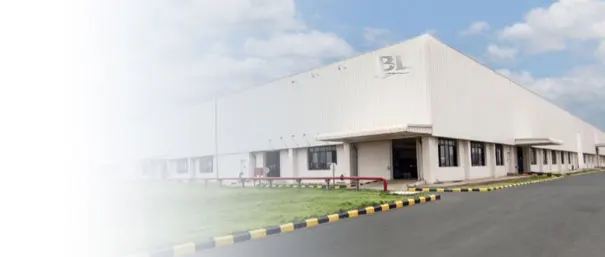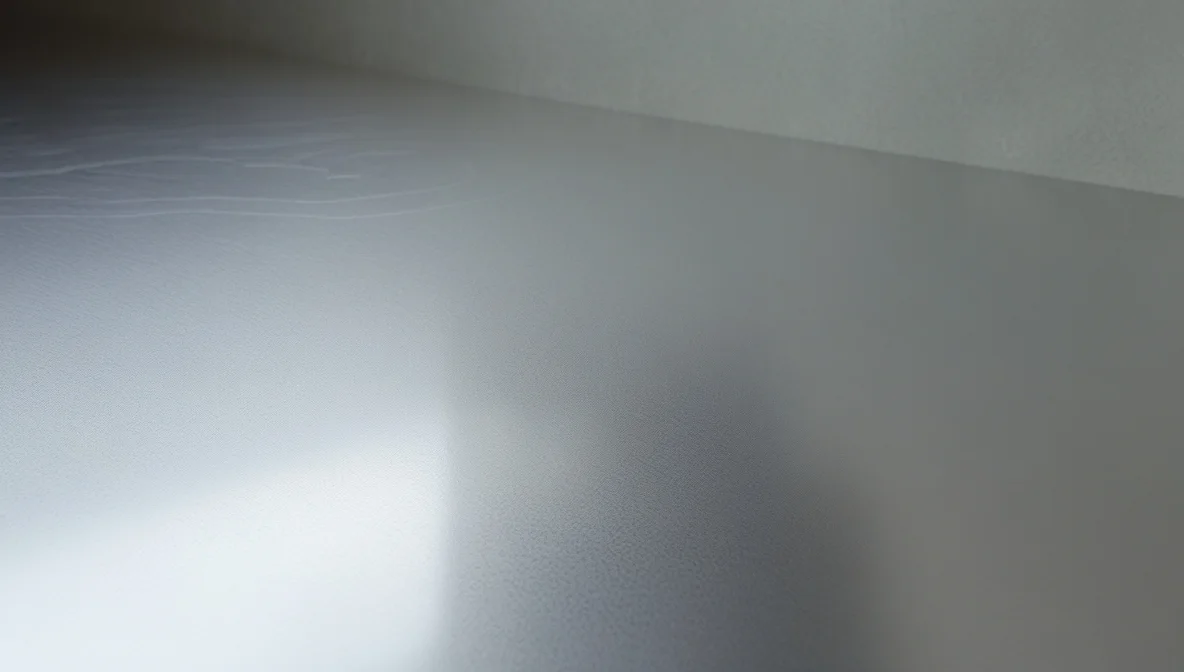Will 304 Stainless Steel Rust in Water?
Generally, 304 stainless steel is highly resistant to corrosion and is unlikely to “rust” in the traditional sense (like carbon steel forming red iron oxide) when exposed to pure or typical tap water. Its excellent corrosion resistance comes from its significant chromium content (minimum 18%).
Chromium reacts with oxygen in the air or water to form a very thin, invisible, tenacious, and self-healing layer of chromium oxide on the surface of the steel. This is known as the passivation layer. As long as this layer remains intact and has sufficient oxygen to reform if scratched, it protects the underlying steel from corrosion.
Conditions Where 304 Stainless Steel *Can* Corrode or Stain in Water:
While resistant, 304 stainless steel is not completely immune to corrosion under all water exposure conditions. Corrosion can occur if the passive layer is damaged or compromised, particularly in specific types of water or environmental situations:
- High Chloride Environments: This is the most common vulnerability for 304. Water with high levels of dissolved chlorides, such as seawater, brackish water, swimming pool water (due to chlorine sanitizers which release chlorides), or water contaminated with de-icing salts, can break down the passive layer locally. This can lead to pitting corrosion (small, localized holes) or crevice corrosion (corrosion in tight gaps or under deposits). While this isn’t traditional red rust, it is a form of corrosion.
- Stagnant Water and Deposits: If water is allowed to stagnate on the surface, or if deposits (like scale, dirt, or biofilms) form, the area under the deposit can become oxygen-depleted. This prevents the passive layer from reforming if damaged and can create conditions favorable for crevice corrosion.
- Contamination with Iron Particles: If the stainless steel surface becomes contaminated with particles of regular carbon steel (e.g., from tools, grinding dust, or contact with rusty components), these particles can rust. This rust can then stain the stainless steel surface and potentially initiate localized corrosion beneath the rust deposit. This is often referred to as “contact rust” and is not corrosion of the stainless steel itself, but rather contamination.
- Harsh Chemicals in Water: Exposure to certain aggressive chemicals sometimes present in industrial process water or cleaning solutions (strong acids, some sanitizers at high concentrations) can attack the passive layer and cause corrosion.
- Very Low Oxygen Water: In rare cases, water with extremely low dissolved oxygen content might hinder the formation or repair of the passive chromium oxide layer, making the steel slightly more susceptible.
Conclusion: Highly Resistant, Not Immune
In summary, for typical applications involving fresh water, tap water, or rainwater, 304 stainless steel will generally not rust. It performs exceptionally well in these environments due to its protective passive layer. However, it is susceptible to pitting and crevice corrosion in high-chloride environments like seawater or heavily chlorinated water. Proper cleaning and avoiding surface contamination are also important to maintain its corrosion resistance. If exposure to chlorides or more aggressive conditions is expected, a higher grade like 316 stainless steel (with added molybdenum) is usually recommended.



